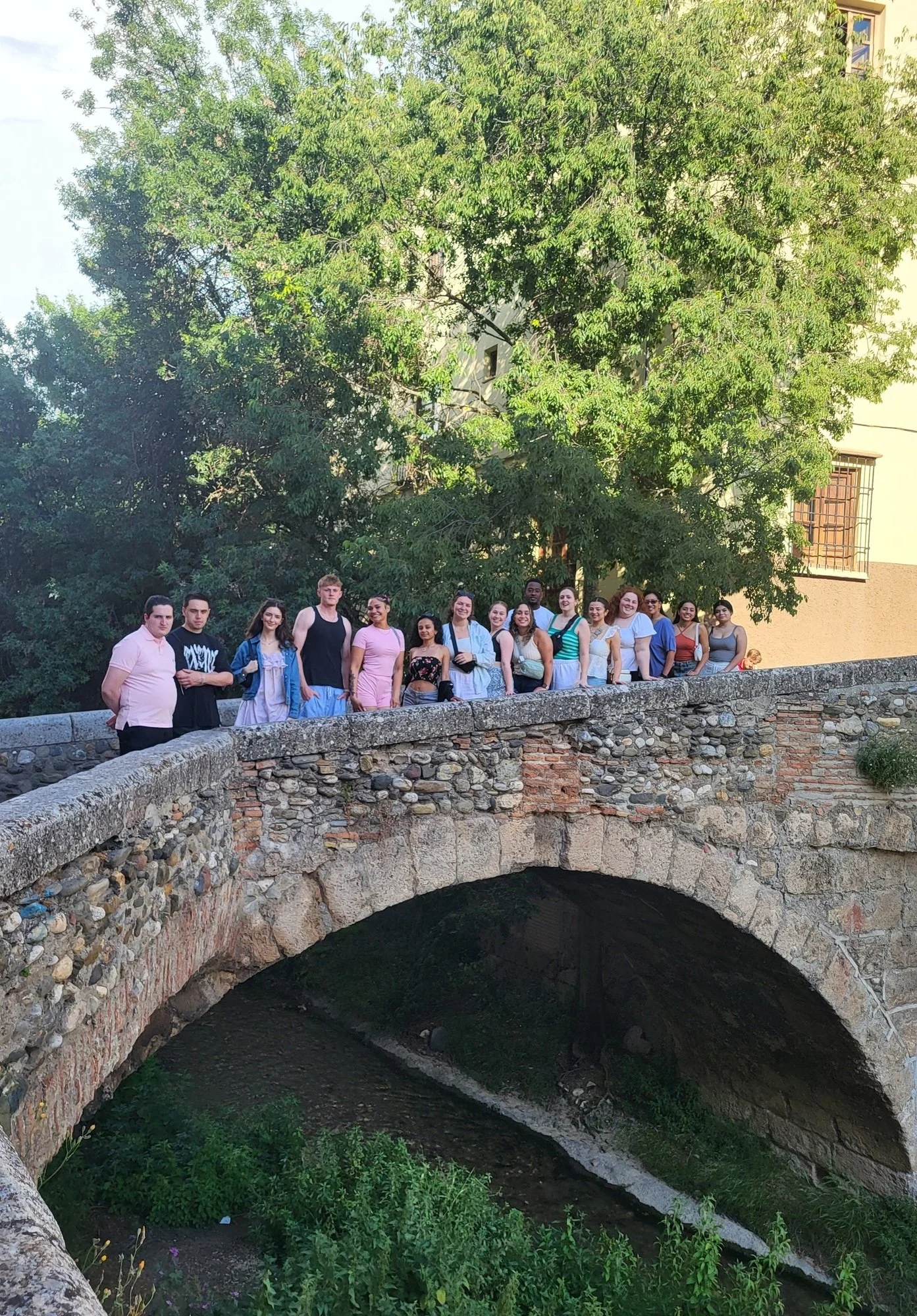There and Back Again: A Journey Across Spain
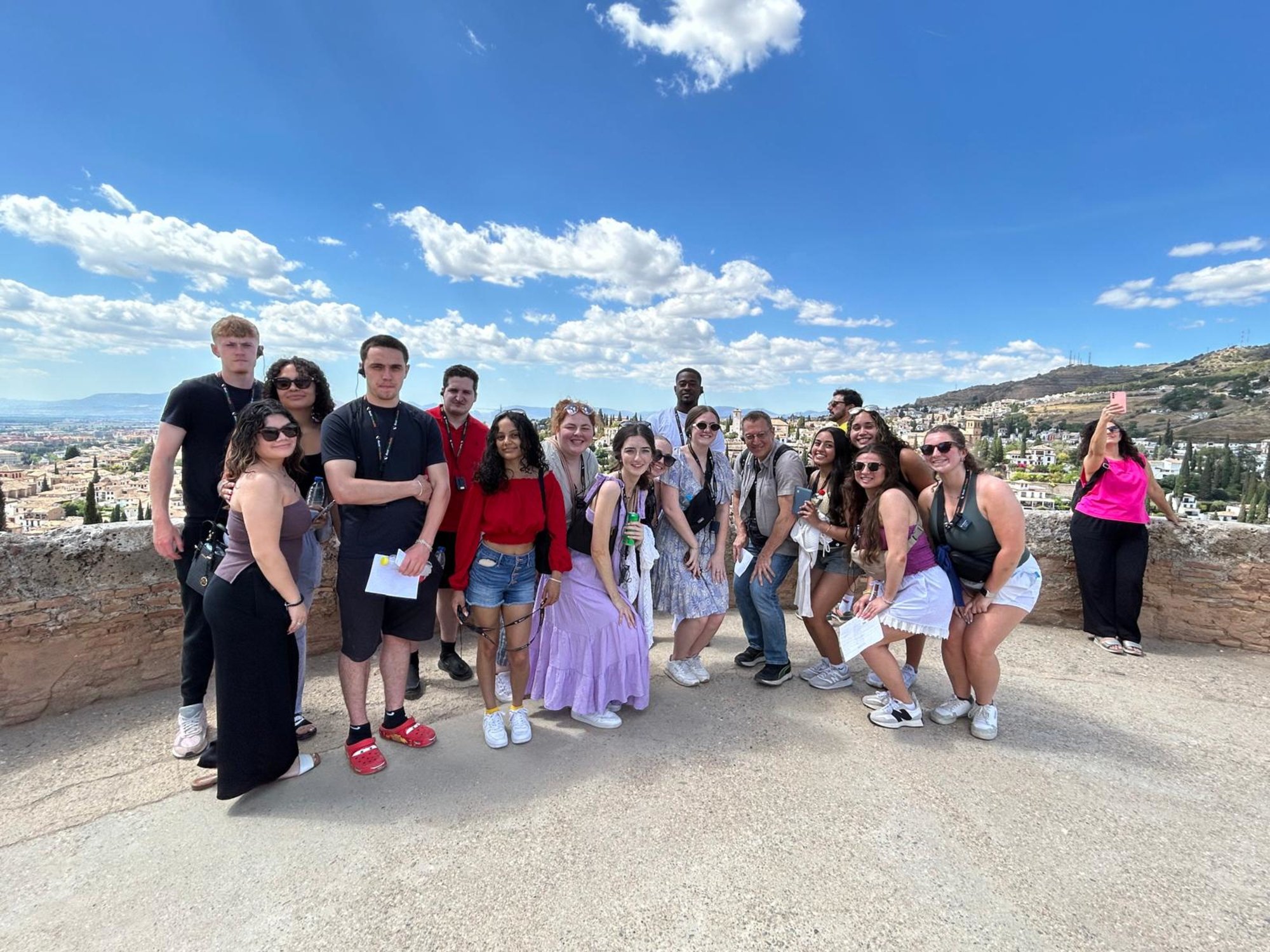
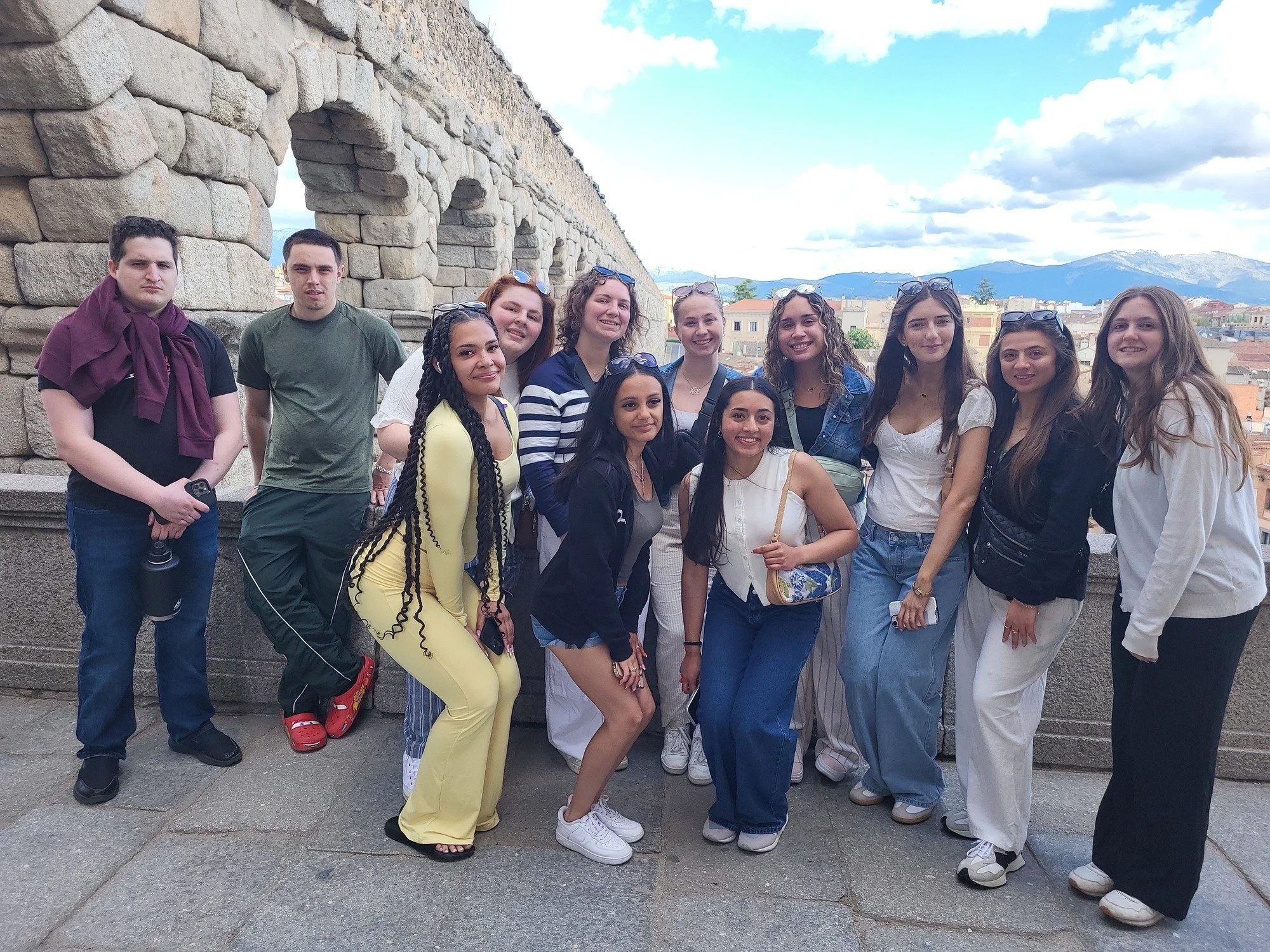
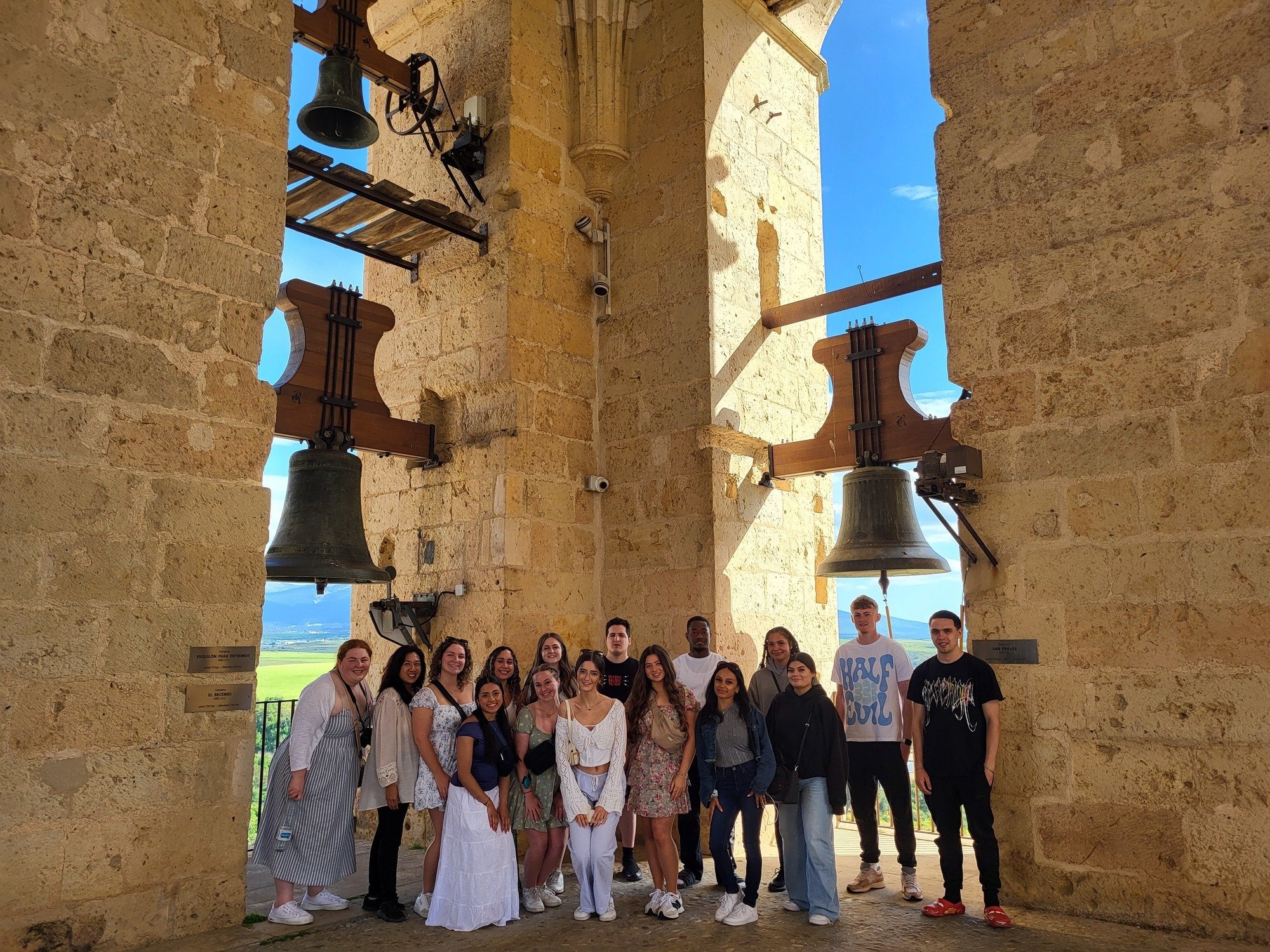
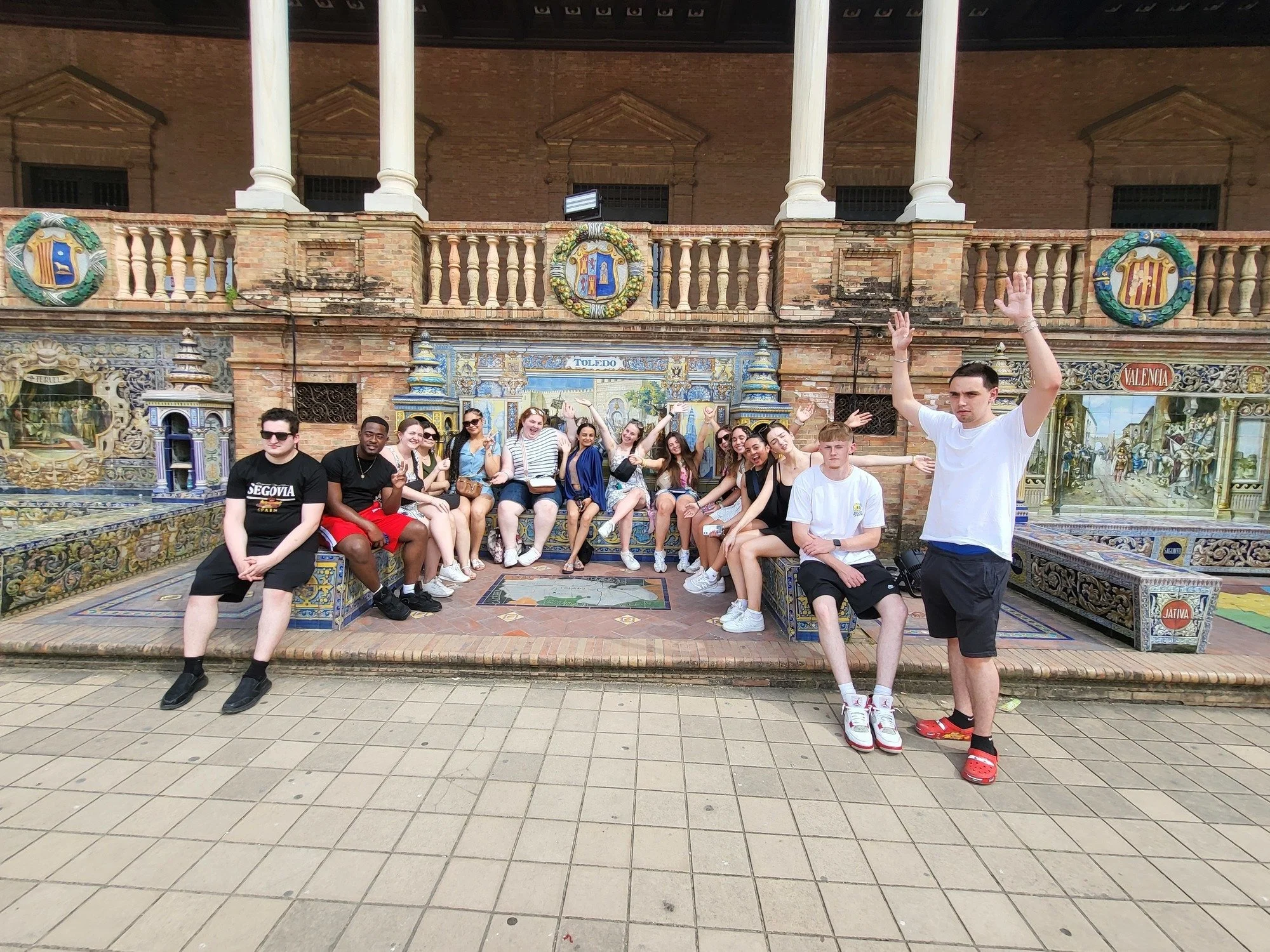
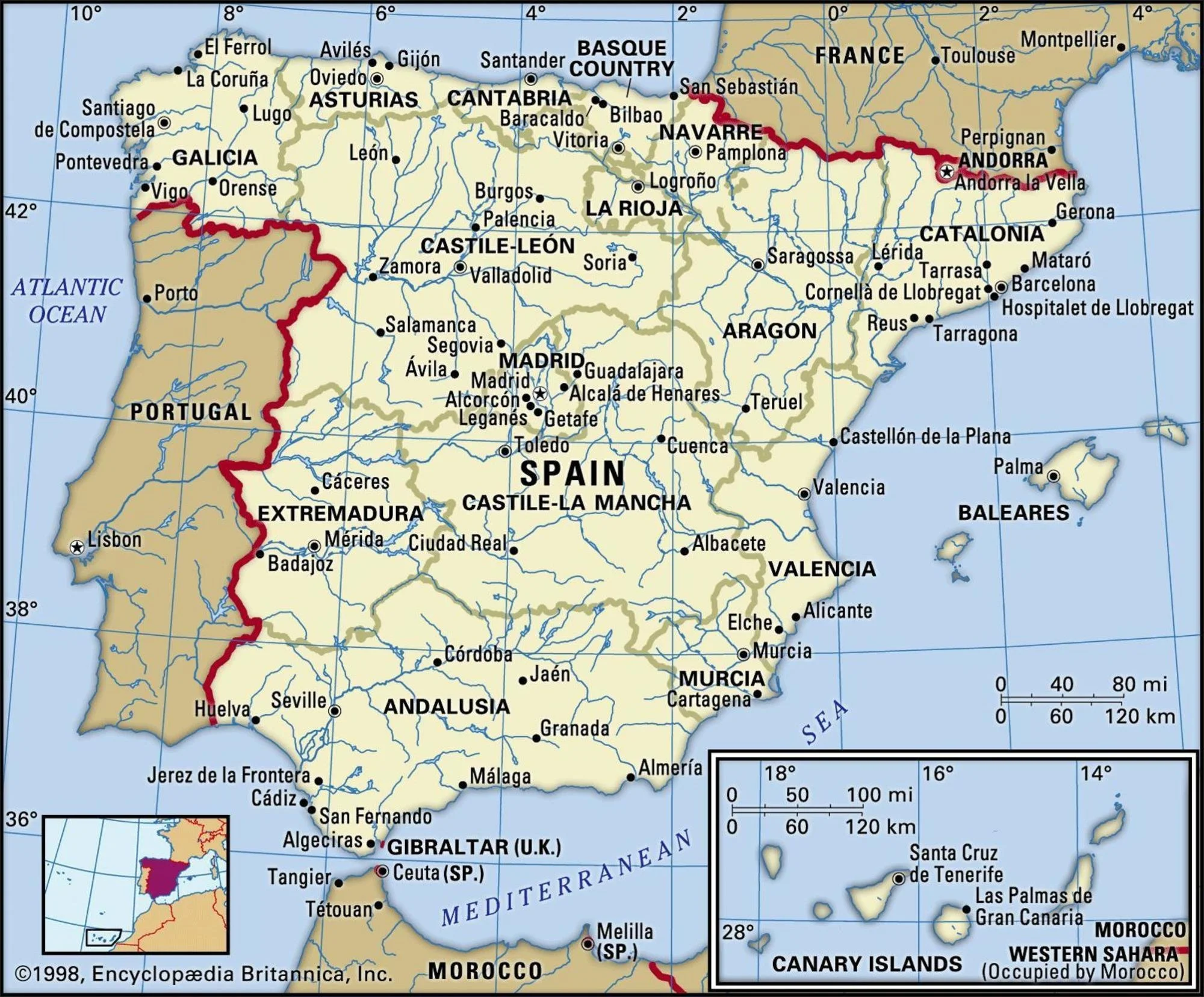
Photos provided
I breathe taking in the variety of reflections by the students of our ten-day sojourn across Spain—the experiential reward for an intense eight-week accelerated course that immersed them in the Spanish Inquisition and the Spanish Civil War, culminating in Francisco Franco’s Regime. Darker epochs in time hidden beneath the sunny disposition of an otherwise warm country. Like other countries across Western Europe, Spain carries the weight of its rich history felt through every step that one takes.
In ENG 2036, A Literary Journey Through Spain, students read selections that ranged from St. John of the Cross and St. Teresa of Ávila to Washington Irving, Federico García Lorca, and Ruta Sepetys. Watching Guillermo del Toro’s Pan’s Labyrinth—the Spanish Civil War seen through the eyes of a young girl, Ofelia—and excerpts of the flamenco version of Blood Wedding balanced the readings with viewings that anticipated our time in Spain.
Lectures prepared the students for the online discussion forum prompts that required that they imagine themselves in the shoes of Spaniards who made value-laden choices about their religious and political beliefs governed by certain historical and social circumstances. For example, if your Jewish and Muslim neighbors were experiencing persecution – as they were during the Spanish Inquisition – would you protest or hold yourself in a protective silence? How would you comport yourself to a powerful leader’s authoritarian rule, as was the case with Francisco Franco? Of thematic investment to me is the Other: what our views are, what stereotypes exist, what happens to them, and, thus, what happens to us. Students were asked to consider Spain’s historical memory, rife with its conflicts, as a reflective lens through which we are given the opportunity to consider our lives as Americans at this time.
But I digress. This is for and about the students, those who completed their first year to those who graduated – 15 students majoring in Digital Media Production, Cybersecurity, Criminology, Business, Nursing, and English. As one student, Stephanie Ingenito, remarked, “Before, we knew of one another. Now, we know one another.”
A debt of gratitude goes to Dr. Richard “Ricardo” D’Augusta, Director of the Centro de Estudios Hispánicos de Segovia (CEHS), our guide who created our whirlwind itinerary, arranged our accommodations, and shared his expertise with us, from the historical impacts and social customs of the Spaniards and the architectural designs of each cathedral, mosque, or temple to the different Spanish delicacies, including tapas. The students enjoyed their paella as much as their Llao Llao frozen yogurt treats. Some of the students couldn’t help but try Spanish-inflected meals at McDonald’s while they tested their Spanish on the locals. (For the record, McDonald’s in Spain tasted much better!) We watched a flamenco performance where the students allowed themselves to feel the passion of the musicians and dancers. In their free time, they explored. In Seville, they found a speakeasy; Catherine McLoughlin described Granada as “a big city with a small country feel.” A contingent even ziplined across the Alcantara Bridge along the Tagus River in Toledo to, as Emma Dantzman said, take them out of their comfort zone and see Spain from another perspective.
Photos provided
Our adventures truly began in Segovia, beautifully medieval, whose intact Roman Aqueduct captured our eyes well before we entered the city. Greeted warmly by their host families – the unique kick-off to this study-abroad experience – the students acclimated to our new setting. Ricardo brought us to the Segovia Cathedral and the Royal Alcázar, where we climbed to the tops of towers taking in breathtaking views. A few of us ate at Mesón de Cándido, a Segovian restaurant known for its famous cochinillo, a roasted suckling piglet: chuparse los dedos, i.e., “finger-licking good.”
After heartfelt farewells to their surrogate families on an early morning, we left for Córdova to tour its mosque/cathedral and walk along the famous Calleja de las Flores before we drove to Andalucía where we strolled around the Plaza de España in Seville. When asked who wanted to feed the pigeons in the Maria Luisa Park, Allison Yeneic was the first to volunteer as white pigeons quickly flocked to her. It was a lovely way to close the afternoon before flamenco. As unforgettable as the performance was, the walk there was equally notable as Emma’s shoe strap broke, prompting several young women to take turns carrying her there. In Granada, we walked up a parallel street through the Albacín neighborhood, viewing the Alhambra where we would spend the next day. Rain falling necessitated stopping at a churros place to wait it out. What a delicious way to end the day! Though rare, the quieter moments gave the students time to rest: a cloudy afternoon on a beach in Málaga and a panoramic view of a stunning sunset from the hotel balcony in Toledo, sharing pizza and talking well into the night.
On our last day, we found ourselves in the Valley of the Fallen, a controversial monument built by political prisoners of Francisco Franco that Spain continues to contend with insofar as its original purpose – to honor those who fought on the side of Franco’s Nationalists – and its historical significance. Immense, it stood desolate, a somber eeriness emanating from its interior of unseen crypts, imposing statues of angels, and a 150-meter crucifix. We stood transfixed for a time before we answered the Puerta del Sol’s vibrant call and returned to Madrid.
Part of the Mount’s Mission is to develop our students into life-long learners, and the privilege of participating in a study-abroad experience only enhances and enriches this goal. An almost ritualistic practice, we counted our steps taken. (In Granada, we walked just under 20,000 steps!) Each step served as a simple stepping stone to opportunity, to possibility. Julissa Valentin-Miller closed her reflection with “I learned to laugh without fear of the future, to face every challenge with grace, and to find wisdom in every new experience.” In Madrid, Jaida Peralta tattooed her arm with the word, bendecida, or “blessed.” And, in a distinctive turn-of-phrase, Emily Casale described our holiday as “time sacred.”
Indeed, it was.

